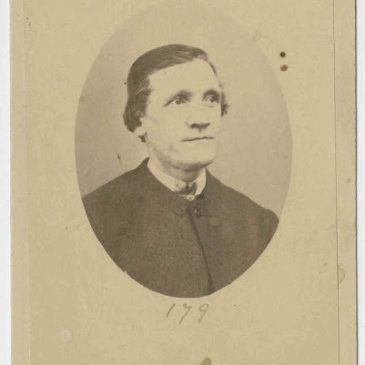Prisoner James GLEN 1874 and 2003
James Glen was arrested for receiving the stolen plate from Webb’s Hotel, per notice published in the police gazette of 10th February 1871. He was convicted at the Supreme Court on 4th July, 1871 of “feloniously receiving” and sentenced to ten (10) years. The police noted his ship of arrival in Tasmania as the George & Susan, a whaling vessel of 356/343/287 (tons), built at Dartmouth, MA (1809) and wrecked at Wainwright Inlet, Alaska, Aug 10, 1885. In order to have arrived at Hobart on board this ship, James Glen must have joined its crew at Fremantle, Western Australia as soon as his conditional pardon (CP) was granted, working his passage on the voyage prior to the vessel entering the South Pacific whaling grounds. … More Prisoner James GLEN 1874 and 2003

























You must be logged in to post a comment.